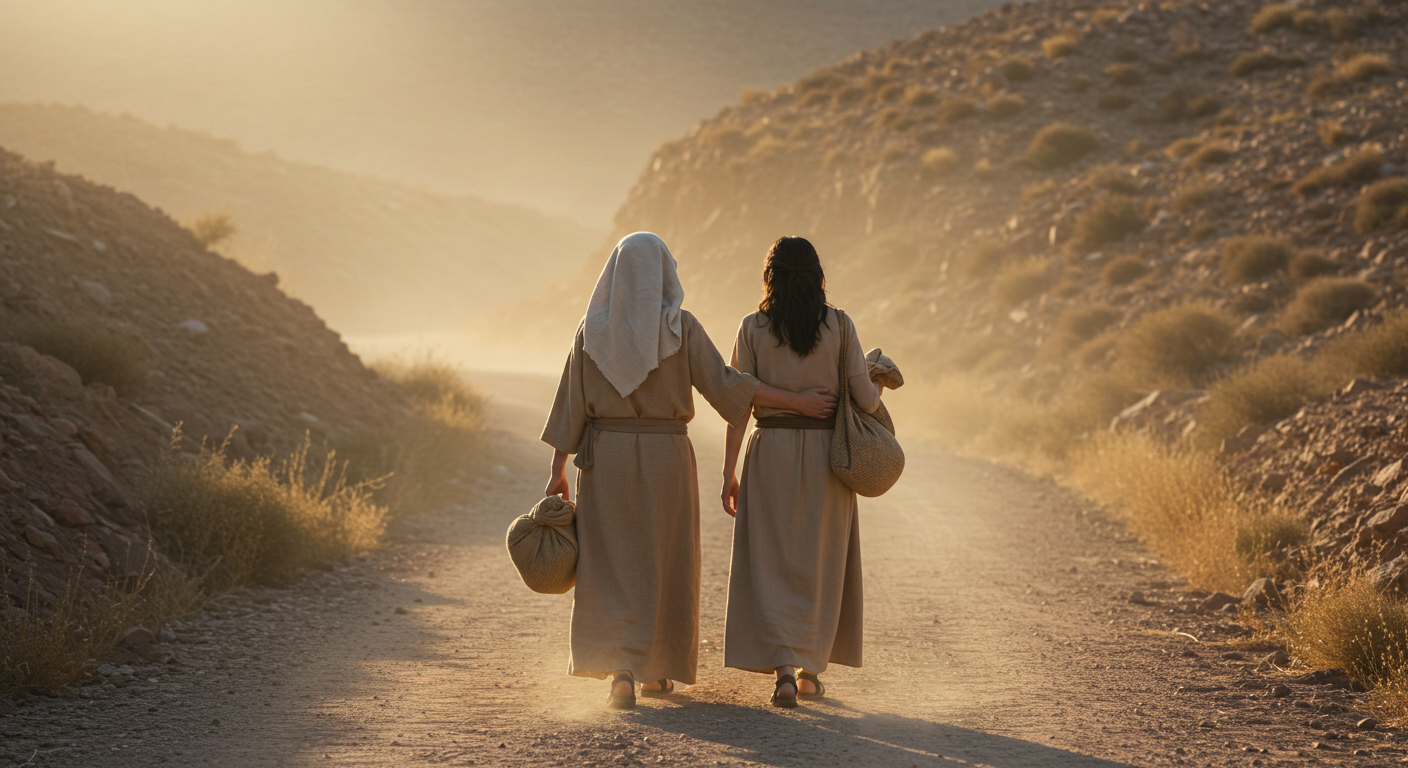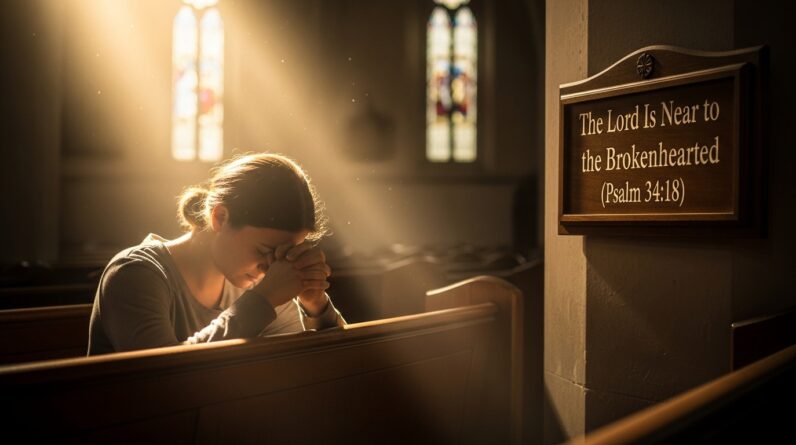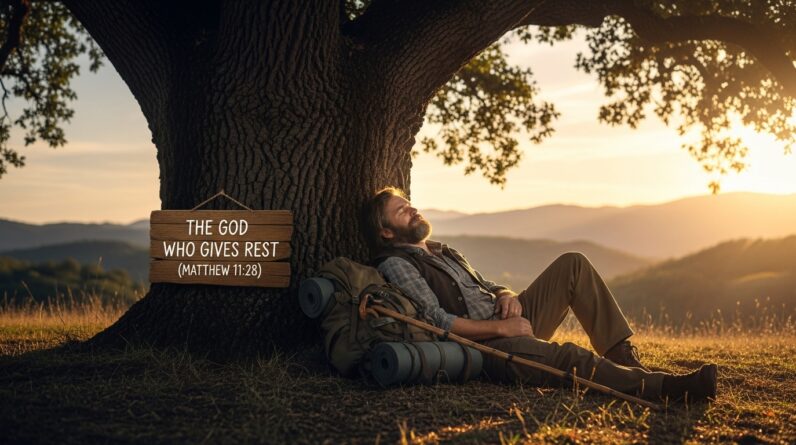Ruth’s Loyalty and Faith – Ruth 1:16–17
Introduction
Hey there, curious reader! If you’ve stumbled upon this article, you’re in for a treat. We’re diving into one of the most compelling and heartwarming stories from the Bible: the Book of Ruth. Why? The themes of loyalty and redemption in this short but powerful book are as relevant today as they were in ancient times. Whether you’re new to Old Testament narratives or have read them countless times, the story of Ruth offers fresh insights into human relationships and divine providence.
Bible Reference
📖 Key Verse or Passage: “But Ruth replied, ‘Don’t urge me to leave you or to turn back from you. Where you go, I will go, and where you stay, I will stay. Your people will be my people and your God my God.” — Ruth 1:16-17
These verses set the scene for a tale woven with deep emotion and profound meaning. Let’s unravel it together, shall we?

A Story of Loyalty and Devotion
Unyielding Commitment
Ruth’s story begins with tragedy—she loses her husband and faces a bleak future. But instead of returning to her family in Moab, she decides to stay with her mother-in-law, Naomi. This act of loyalty is monumental. Ruth chooses to follow Naomi back to Bethlehem, placing her trust not only in Naomi but also in a foreign land and its God. By standing by Naomi, Ruth demonstrates an unyielding commitment that goes beyond social norms and personal comfort.
The Power of Choice
Ruth’s decision to stay with Naomi highlights the powerful theme of choice. Even when circumstances seem to dictate otherwise, her loyalty is a testament to the power of will over fate. In choosing Naomi, Ruth embraces both uncertainty and opportunity. These choices illustrate the tenacity of the human spirit, reminding us that loyalty is often a choice rather than a condition imposed by circumstances.
The Path to Redemption
Searching for Redemption
While the story of Naomi and Ruth begins in loss, it paves a path towards redemption. Naomi’s return to Bethlehem is not just a homecoming but a restoration. The Book of Ruth reveals that redemption often comes in unexpected forms and through unexpected people. Ruth becomes Naomi’s companion in sorrow and joy, signifying that redemption is sometimes found in companionship and shared experiences.
Boaz: The Redeemer
Enter Boaz, a man of noble character who becomes the family’s kinsman-redeemer. Boaz offers more than just protection; he provides a future. His actions towards Ruth and Naomi embody the biblical concept of hesed—steadfast love and loyalty. Boaz’s redemption of the family ensures that Ruth, the Moabite widow, becomes part of Israel’s history, and eventually, part of the lineage leading to King David and beyond to Jesus Christ. His role in the story underscores that redemption is both personal and communal.
Cultural and Generational Impact
Bridging Divides
The Book of Ruth is significant not just for its religious themes, but its portrayal of cultural and ethnic inclusivity. Ruth, a Moabite, is welcomed into the Israelite community, challenging the notion of ethnic separation. Her story is a bridge between divisions; it shows that loyalty and faithfulness transcend cultural and ethnic barriers. This universality makes Ruth’s story ageless and timely, speaking to a world constantly grappling with issues of identity and belonging.
Generational Legacy
The choices made by Ruth and Boaz left a legacy that transcended their gains. Their son, Obed, becomes a grandfather to King David, linking Ruth’s story directly to the lineage of Jesus. This connects the threads of loyalty and redemption across generations. It suggests that acts of kindness and commitment can ripple through time, shaping destinies in immeasurably profound ways.
Conclusion
To wrap things up, the Book of Ruth isn’t just an ancient story; it’s a mirror reflecting themes of loyalty and redemption that are as prevalent today as they were back then. Ruth’s unwavering loyalty to Naomi, her courage in the face of the unknown, and the ultimate redemption provided by Boaz paint a portrait of the intricate dance between divine providence and human action.
🔍 Explore More Bible Insights:
✅ 1. The Role of Eliab – David’s Brother in His Journey to Facing Goliath
Tone: Relational, reflective, character-focused
🔹 “Family Tensions and God’s Purpose – Discover the Connection”
Read it here.»
✅ 2. What Jeremiah 29:11 Means for Us Today
Tone: Hopeful, encouraging, life application
🔹 “God’s Plans Still Stand – Find Your Hope Here”
Read it here.»
✅ 3. The Wise and Foolish Builders – A Strong Foundation in Faith (Matthew 7:24-27)
Tone: Foundational, practical, discipleship
🔹 “Build Your Life on the Rock – Keep Learning”
Read it here.»
✅ 4. The Roman Centurion at the Cross – A Moment of Revelation
Tone: Awe-inspiring, redemptive, gospel-centered
🔹 “From Witness to Believer – Read His Revelation”
Read it here.»
As a ClickBank Affiliate, I earn from qualifying purchases.
Acknowledgment: All Bible verses referenced in this article were accessed via Bible Gateway (or Bible Hub).
“Want to explore more? Check out our latest post on Why Jesus? and discover the life-changing truth of the Gospel!”









